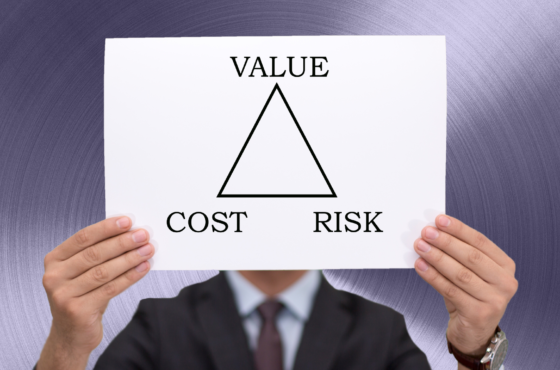The Texas Power Grid Fallout: View from a Risk Manager
It was exactly a year ago this month that Texas experienced a power grid fallout due to severe winter weather – a total anomaly in the history of the state. Even though the Texas fallout wasn’t the first time we’ve seen weather anomalies cripple the power grid and spell financial doom for organizations that were poorly positioned, those of us in the energy industry still think back to this weather event and the ramifications of being underprepared. Since this time last year, the need for advanced risk analytics has only increased, with companies putting analytics at the forefront of their key initiatives. However, in using robust analytics to calculate risk (weather, financial, shape, etc.), it is still important to understand that you can’t truly combat these weather anomalies. Rather, analytics allows a company to better plan, prepare, and understand the impacts of said “black swan” events before they happen.
As we know all too well, black swan events such as the Texas Power Grid Fallout of 2021 or the North American “Bomb Cyclone” of 2017 are extremely low in probability but high in impact. In fact, they are often so extreme that risk managers wouldn’t typically want to incorporate them explicitly into their analytical risk management framework. A risk manager may model prices occasionally hitting the system-wide offer cap of $9,000, but simulating these for an entire week, as we saw in the recent Texas power grid catastrophe, could very likely have the effect of over-valuing any options that exist within the portfolio. For example, real options like thermal generators and batteries or financial options would show significantly inflated valuations since their value is directly related to market volatility.
These “tail events” are more typically incorporated into risk management analytics through either scenario analysis or historical simulations. That is, a scenario or “stress test” is designed that reflects these extreme market conditions and/or historical simulations assess the impact of a previously-observed black swan event on the current state of a portfolio. Historical simulation approaches leverage realized historical events to understand how a particular portfolio would be impacted by a similar situation, even if this portfolio did not exist at the time of the historical event. They provide a powerful and objective methodology for portfolio stress testing, but naturally cannot be used to model events that have not previously occurred; this is where a more subjective scenario design and analysis process can augment the analytical framework.
Even with these approaches, the challenge is producing a scenario that is extreme enough to push the limits of what is possible, yet not so extreme that it provides little to no actionable business intelligence. Almost by definition, these black swan events have never occurred in the past, so there’s no basis for determining just how extreme they can be. The polar vortex of 2014 is another good example; at the time, it was one of the most extreme events the northeastern U.S. power grid had ever seen. If a portfolio manager had modeled the polar vortex prior to its occurrence and urged the company to manage it, it’s likely this individual would have been laughed out of the room. Worse yet, if the organization did manage to this sort of event, they might have paid enormous premiums for financial protection against it, which could have negatively impacted margin and forced them into bankruptcy before the event ever even happened. However, after the polar vortex event occurred, management teams at many companies (particularly energy retailers with a short position in the market) were likely pointing fingers at the risk manager, criticizing the lack of management to the extreme event.
It is important that, as energy professionals, we look at black swan events through the eyes of our risk managers and shift our focus and mindset to how we can better prepare for these events in the future. For energy companies exposed to volatile natural gas and electricity spot markets, savvy hedging can help protect against the extreme. A happy medium can be achieved in terms of reducing some exposure to extreme events while acknowledging that completely removing the risk is either impossible or cost-prohibitive. Where this middle-ground lies depends on the nature of the company, its risk tolerance, and the means it has to hedge its native position. Understanding a company’s future market exposure to extreme events can be complex and requires rigorous analysis accounting for a company’s unique portfolio of contractual commitments, physical assets, and in-place financial positions.
This conversation will be continued on March 29th during the EMC17 panel, “Achieving Success in Risk Management After ERCOT 2021”. This panel will focus on how retailers can survive the next disaster, with an emphasis on risk management around worst-case scenarios. This is a critical panel for C-suite executives, risk managers, traders, wholesale suppliers, finance companies, and anyone who deals with risk in the retail energy industry. Register now to attend this panel and learn how to prevent the next “black swan” weather event from destroying your company’s future.
By: Brock Mosovsky, Ph.D, Co-Founder and VP, Analytics, CQuant.io




